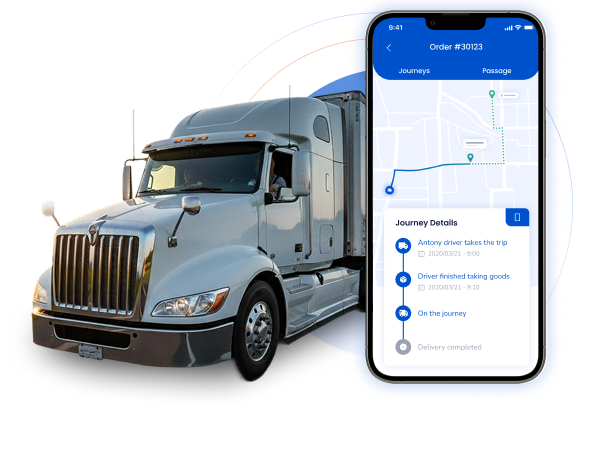




Turn F&B Complexity into a Competitive Edge
Food and beverage distribution is a balancing act — fixed routes and recurring customers on one side, seasonal spikes and daily fluctuations on the other. Rising costs, driver shortages, and slim margins only raise the stakes. DispatchTrack helps you cut through the chaos with tools that optimize every mile, boost efficiency, and keep your customers satisfied.
Balance Static and Dynamic Routes
Blend recurring delivery schedules with daily adjustments to handle variability without missing a beat.
Protect Slim Margins
Gain real-time visibility into costs and performance so you can control expenses and improve profitability.
Stay Ahead of Seasonal Spikes
Scale routes, fleets, and resources up or down quickly to meet changing demand while maintaining service quality.

The DispatchTrack Solution
Deliver Freshness Every Time
Protect Margins in a Tight Market
Use AI-powered planning and real-time visibility to cut empty miles, reduce waste, and keep slim margins healthy.
Consistent Quality, Every Stop
Maintain cold chain integrity and delivery precision from warehouse to doorstep.
Flexibility at Scale
Adapt to seasonal demand and route changes without sacrificing speed or reliability.
Talk to our team about your needs.
See how we can help.
Related Resources
Explore guides, use cases, and insights that go deeper into smarter planning, routing, and fleet optimization.
How Is AI Impacting Last Mile Delivery Experience?
AI holds massive untapped potential in last mile delivery—but most of the industry hasn’t caught up. While other sectors race ahead with automation and intelligence, delivery operations still rely on outdated tools and guesswork.
The AI in Logistics Cost Reduction Playbook
AI in last mile logistics has moved beyond theory. For logistics professionals seeking to cut costs and improve efficiency, success comes from a focused, step-by-step approach that ties AI directly to operational priorities.
How Route Optimization Can Add to Your Last Mile Capabilities
When your routes are efficient and your ETAs are accurate, you can boost your on-time rate, reduce failed deliveries, and increase your NPS. But not all route optimization tools are created equal.
